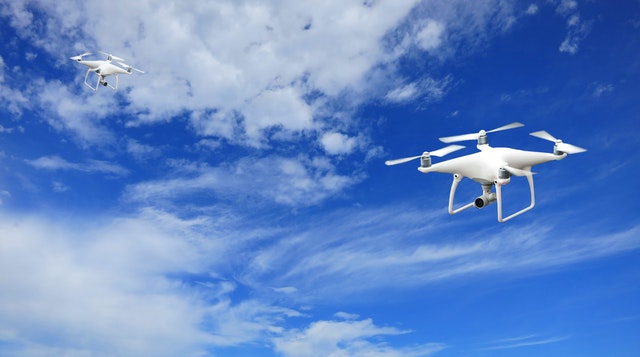Whilst there are a growing number of technological solutions, it is essential that they are cost effective and conform to global implementation standards in order to benefit the aviation community. IATA provides guidance and recommendations on various infrastructure requirements for air navigation services.
User Requirements for Air Traffic Services (URATs)
The IATA User Requirements for Air Traffic Services (URATs) is designed to act as a reference point for airlines and ANSPs when determining airline infrastructure requirements and capabilities for air navigation services. The document aims to complement the ICAO Global Air Navigation Plan (GANP) whilst succinctly stating IATA’s positions on the various communication, navigation and surveillance technologies.
Any technology will need to fulfil the following requirements prior to actual funding or implementation:
- Enable a direct and measurable operational and/or safety improvement that is required for that specific service volume and identified in collaboration with airlines operating through that specific airspace;
- Follow a proper consultation process with the airlines and airspace users and involve airlines collaboratively at the planning and deployment stages;
- Be aligned with the ICAO GANP;
- Be supported by a positive cost-benefit analysis during which the airlines were able to validate the benefits that off-set the costs; and
- Follow ICAO principles for user charges
Automatic Dependent Surveillance – Broadcast (ADS-B)
IATA views ADS-B based on the 1090 Extended Squitter (ES) data link as the most desirable form of surveillance. Surveillance based primarily on ADS-B should be used, whenever operationally feasible, as the next generation replacement to radar.
Global Navigation Satellite System (GNSS)
GNSS represents a transition from conventional Ground-Based Navigation Aids to Satellite-Based Navigation Aids, aiming to mitigate many limitations faced by the use of radio signals transmitted from ground. It is the preferred navigation technology supporting better flight trajectory and airspace capacity.
Performance-Based Navigation (PBN)
PBN is a global set of area navigation standards, defined by ICAO, based on navigation performance and functionality required for the proposed operation. Implementation of PBN is considered a global air navigation priority aiming to enhance safety and efficiency of flight operations and air traffic management. PBN concept encompasses two types of navigation specifications:
- RNAV Specification – Navigation specification based on area navigation that does not include the requirement for on-board performance monitoring and alerting, e.g. RNAV 5, RNAV 2 and RNAV 1.
- RNP Specification – Navigation specification based on area navigation that requires on-board performance monitoring and alerting, e.g. RNP 4, RNP 2 and RNP APCH.

